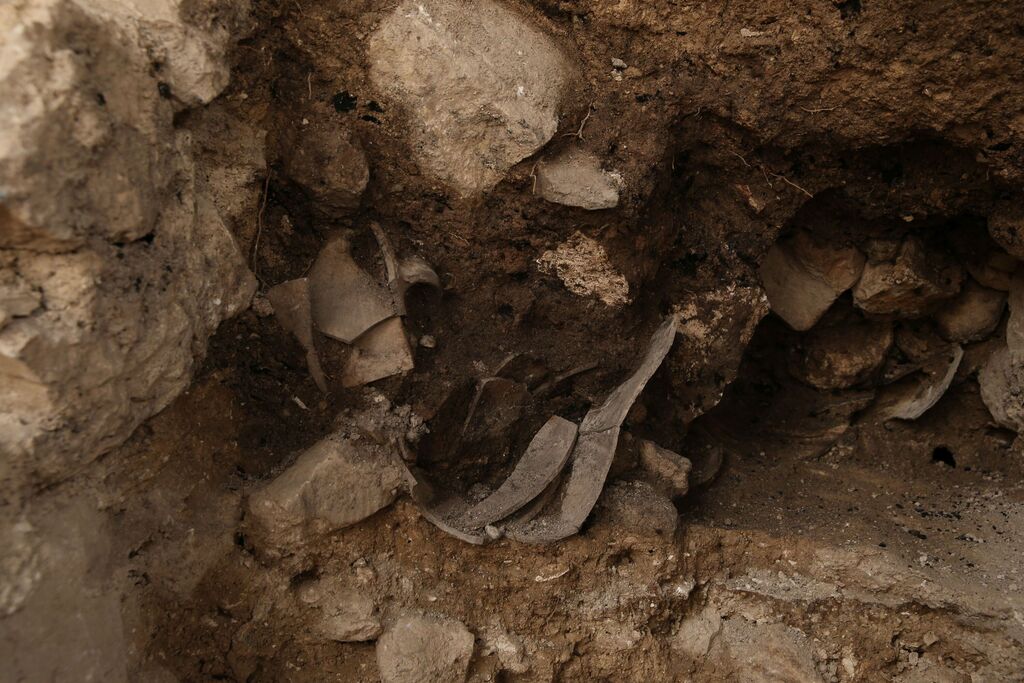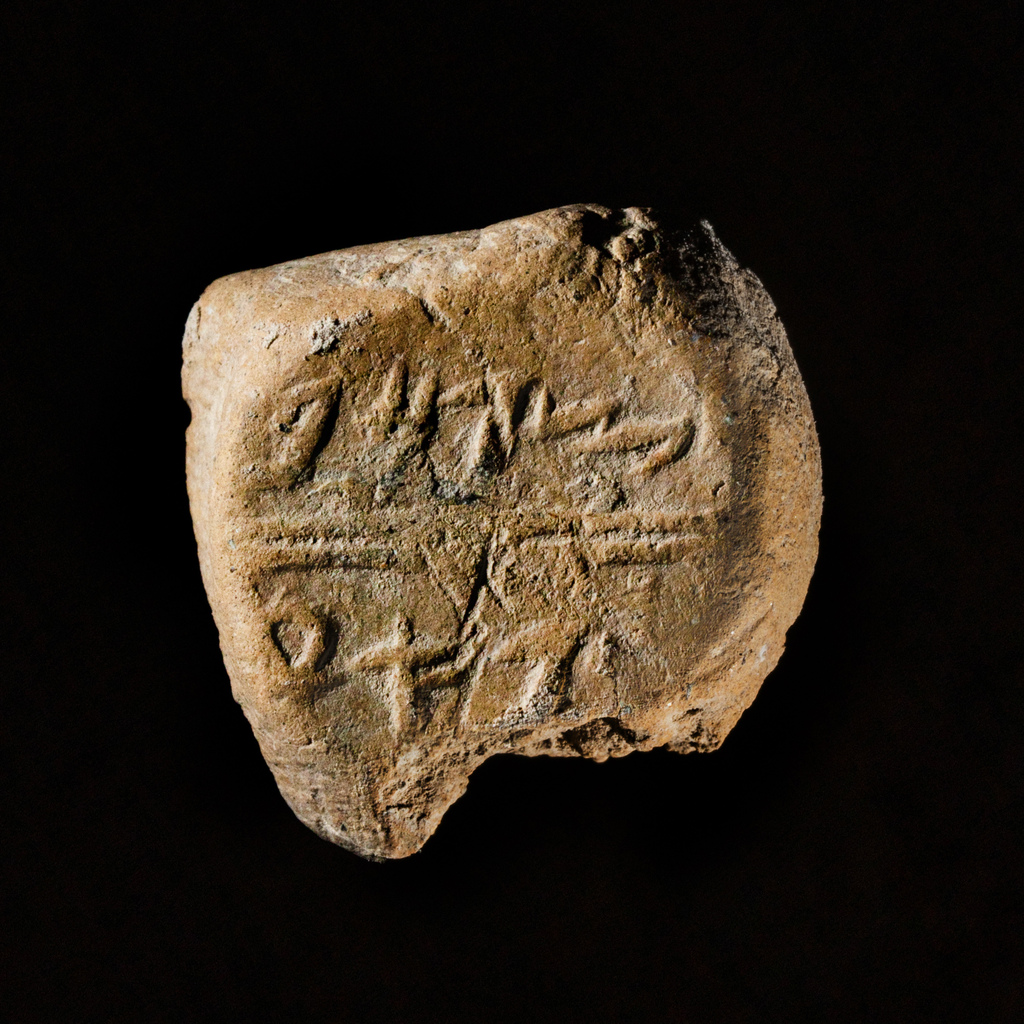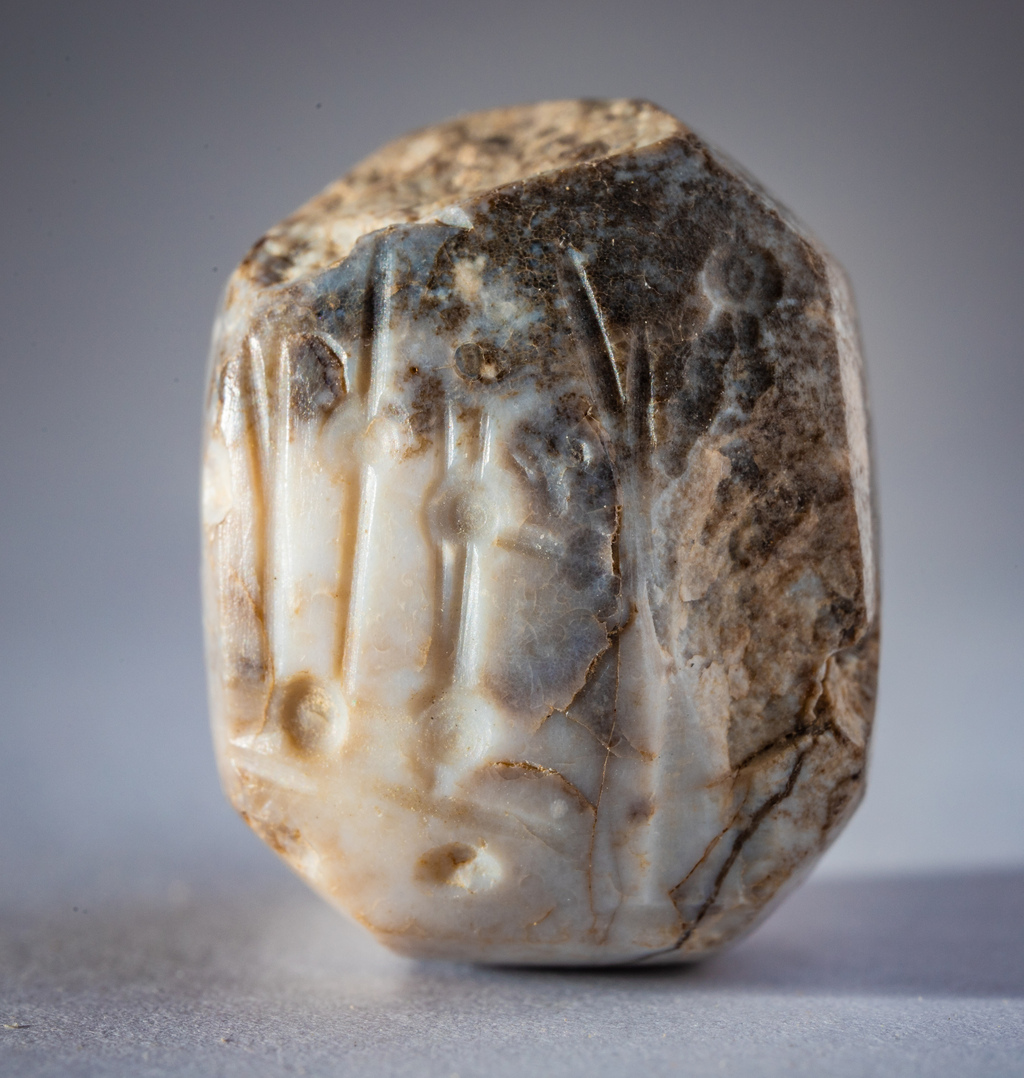Archaeological excavations in Jerusalem’s Old City have uncovered a missing section of the city wall believed to be from the days of the First Temple.
The remains of the wall uncovered in the City of David appear to have been built during the Iron Age and used by rulers in the Kingdom of Judah to protect Jerusalem from the east.
5 View gallery
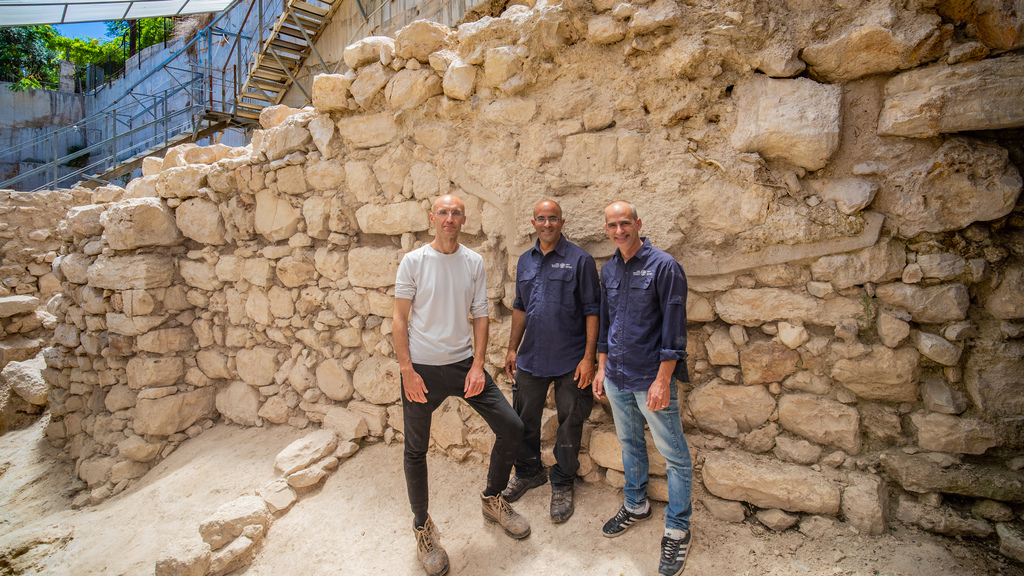

Dr. Filip Vukosavović of the Ancient Jerusalem Research Center and Dr. Joe Uziel and Ortal Chalaf of the Israel Antiquities Authority stand next to the uncovered section of the ancient wall
(Photo: City of David)
This is part of the wall that the Babylonian armies encountered on the eve of its destruction of the First Temple in 586 BCE. Israel will mark the Tisha B’Av day of national mourning for the destruction of the two temples in Jerusalem on Sunday.
The excavation are being co-directed by Dr. Filip Vukosavović of the Ancient Jerusalem Research Center and Dr. Joe Uziel and Ortal Chalaf from the Israel Antiquities Authority.
They said the city wall protected Jerusalem from a number of attacks during the reign of the kings of Judah, until the arrival of the Babylonians who managed to break through it and conquer the city.
The Babylonian armies, however, did not destroy the protective wall in its entirety, and parts of the walls, which stood and protected the city for decades, remain standing to this day, which is excactly how they were uncovered.
The missing section appears to connect to two other segments that were previously excavated on the eastern slope.
In the 1960s, British archaeologist Kathleen Kenyon uncovered a section of the wall in the northern part of the slope and dated it to the days of the Kingdom of Judah. About a decade later, Israeli archaeologist Yigal Shiloh uncovered a long section of the wall in excavations in the southern part of the slope.
5 View gallery
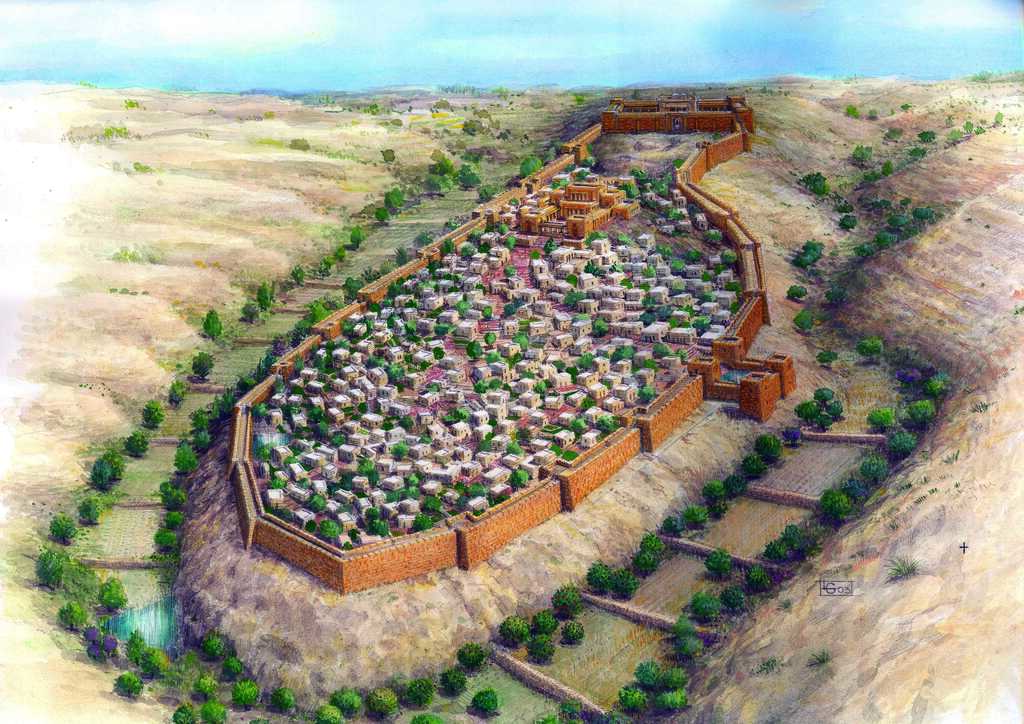

An artistic representation of Jerusalem during the First Temple Era
(Photo: City of David)
Over the years, claims have been made that despite the impressive nature of the remains, these remnant stone structures should not be seen as wall sections.
However, with the uncovering of the missing section that looks to connect to the other two, it seems the discoveries were indeed parts of the eastern wall of ancient Jerusalem.
Reconstruction of the sections that were dismantled during previous excavations in the early 20th century, makes it possible to trace almost another 30 meters of the surviving wall to a height of 2.5 meters and a width of up to five meters.
In the book of Kings II, 25:10, there is a description of the conquest of the city by the Babylonians: “The whole Babylonian army under the commander of the imperial guard broke down the walls around Jerusalem.”
However, it looks like the Babylonians did not destroy the eastern wall, possibly due to the sharp steepness of the eastern slope of the City of David, which slants towards the Kidron Valley at over a 30-degree angle.
Evidence of the destruction during the sacking of the city can be seen inside a building that stood next to the wall – rows of storage jars that were smashed when the building burned and collapsed were found inside.
The jars bear “rosette” stamped handles, in the shape of a rose, associated with the final years of the Kingdom of Judah.
Near the wall, archeologists found a Babylonian stamp seal made of stone, depicting a figure standing in front of symbols of the two Babylonian gods Marduk and Nabu. Not far from there, a bulla, a stamp seal impression made in clay, was found bearing the Judean name “Tsafan.”


